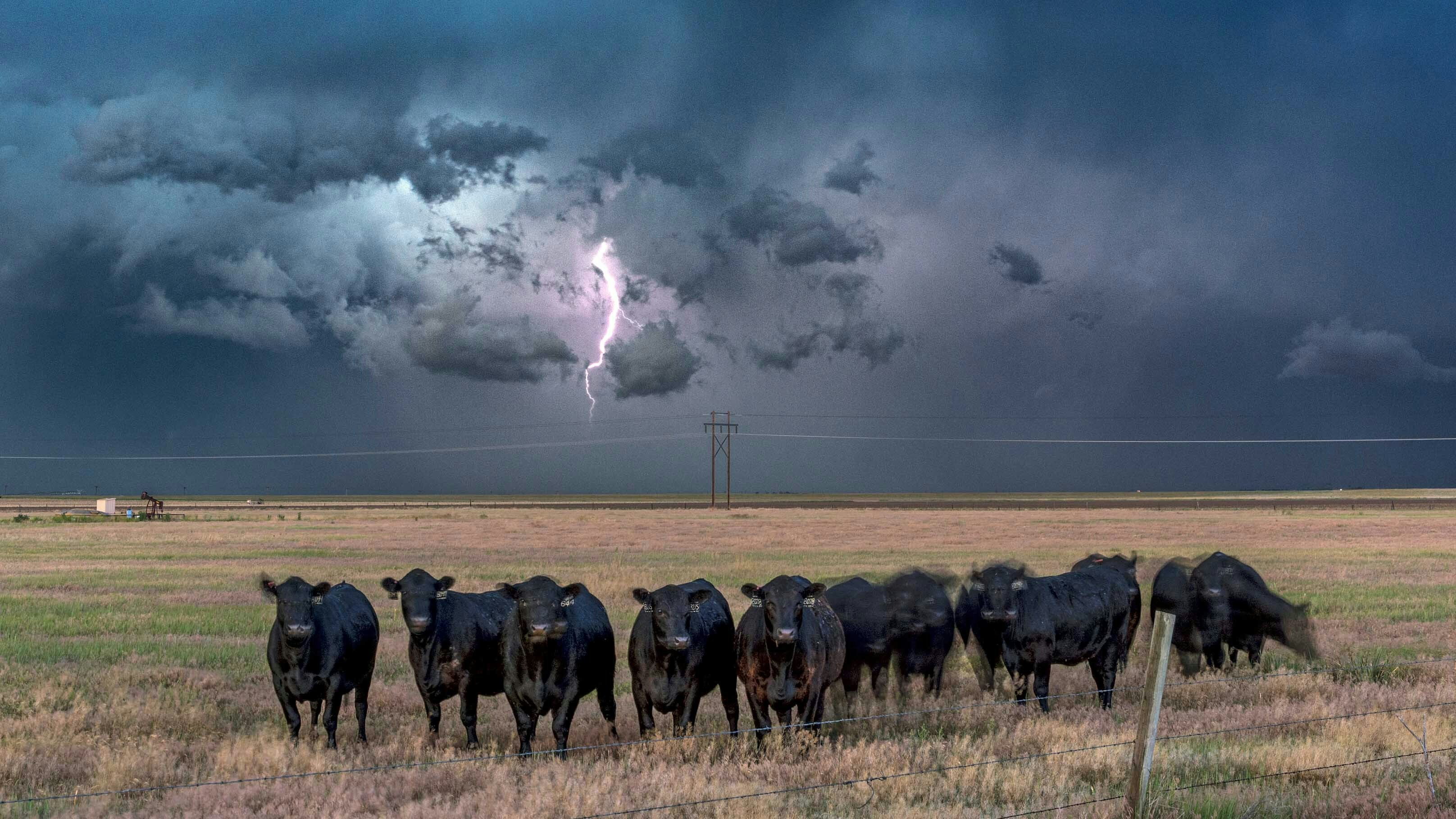Smart technology is catching on everywhere, and the world of firearms is no exception, with a Colorado company joining the trend of offering biometric guns that can be fired only by authorized users.
But Wyomingites will likely stick to old-fashioned guns with mechanical triggers, some firearms experts said.
That type of smart gun technology “has been a pipe dream of the liberals for decades. It’s cost-prohibitive, and could cost someone their life if somebody else needed to fire it,” Scott Weber, owner of Gunrunner Firearms & Auctions in Cody, told Cowboy State Daily.
Weber buys and sells countless firearms in Wyoming and other states, and said he’s had only a scant few “smart” guns go through his business.
Firearms instructor Bill Tallen of Cody told Cowboy State Daily that biometric guns, such as those marketed by the Colorado-based Biofire, might fill a niche in the firearms market. But he still trusts training and preparedness over gadgetry.
“I trust myself in this respect, more than I trust batteries, chips and sophisticated electronics to perform when lives are at risk,” he said.
The Latest In Technology
Biofire and other smart gun companies use safety as their primary selling point. Biofire’s 9 mm pistols can be fired only by those who have been set up to be cleared by the guns’ fingerprint and facial recognition systems, according to the company’s website.
Biofire and other smart gun advocates say that can allow people to keep a firearm readily accessible for home defense, while mitigating the risk of a child or other unauthorized person getting ahold of the gun, possibly leading to tragedy.
That’s a risk that every gun owner should take into account, Tallen said, because such tragedies can happen.
So, he can understand why some people might want the extra layer of protection offered by a biometric gun. But probably not most Wyomingites.
“I would be surprised if they gained much popularity in Wyoming, except perhaps with people who are less well-trained and confident in gun handling, and/or in love with electronic gadgetry,” Tallen said.
Weber agreed that biometric guns are unlikely to have much of an effect on the market in Wyoming.
“There won’t be anybody here rushing out to buy that,” he said.
If nothing else, the price tag for smart pistols, typically $1,200 and up, will be enough to make many Wyoming gun buyers balk, he said.
Yes, there are plenty of high-end traditional firearms that cost that much for those willing to spend the money. However, there are also perfectly reliable pistols that can be bought for about half that price, or even less, Weber said.
Weber added that somebody who was clever and determined enough could probably figure out how to take the electronic components out of a biometric gun so that they could shoot it without authorization.

Be Prepared
In Wyoming, particularly for those who live in isolated areas, it’s best to keep a firearm accessible within seconds to deal with “two-legged or four-legged predators,” Weber said.
In that sense, he said he doesn’t trust biometric guns, particularly if something goes sideways and somebody other than the electronically-authorized user must fend off an attacker.
If a there’s children in the house, people might consider putting their gun in a quick-access safe, Weber and Tallen said.
A home-defense emergency should be planned for in advance, Tallen said. That could mean having a loaded gun locked up, but still readily accessible.
Or, it might also work to conceal an unloaded firearm somewhere in the house, “and ensure that the only accessible ammunition in the house is in a magazine or speedloader in your pocket,” he said.
“It shouldn't take you more than 3-4 seconds to get to the gun and load it, if the need arises,” he added.
He and Weber said the best way to prevent firearms accidents with children is to train them in gun safety from a young age.
Weber said that when he was a small child, his father, a Marine Corps veteran, gave him a graphic demonstration in the destructive power of firearms by shooting pop cans with a 12-guage shotgun.
“My dad said, ‘Look, that will blow your stomach out,’” Weber said.
Unconstitutional?
Weber said biometric guns could be used as underhanded gun control if any jurisdiction designated them as the only legal option.
“I think anytime you’re limiting somebody in the use of their firearm, that’s an infringement (of the Second Amendment),” he said.
Tallen said he doesn’t see any Second Amendment problems with biometric firearms — so long as they remain a choice, not a requirement.
“The only Second Amendment issue here would be if government attempted to force the use of these systems, which could limit citizens' ability to defend themselves,” he said. “They are, in my opinion, too complex and failure-prone to be reliable in a crisis, and I would never choose to bet my life on them.
“Absent any governmental mandate, it's more of a ‘fool and his money’ issue, and maybe a solution in search of a problem.”
Mark Heinz can be reached at mark@cowboystatedaily.com.





